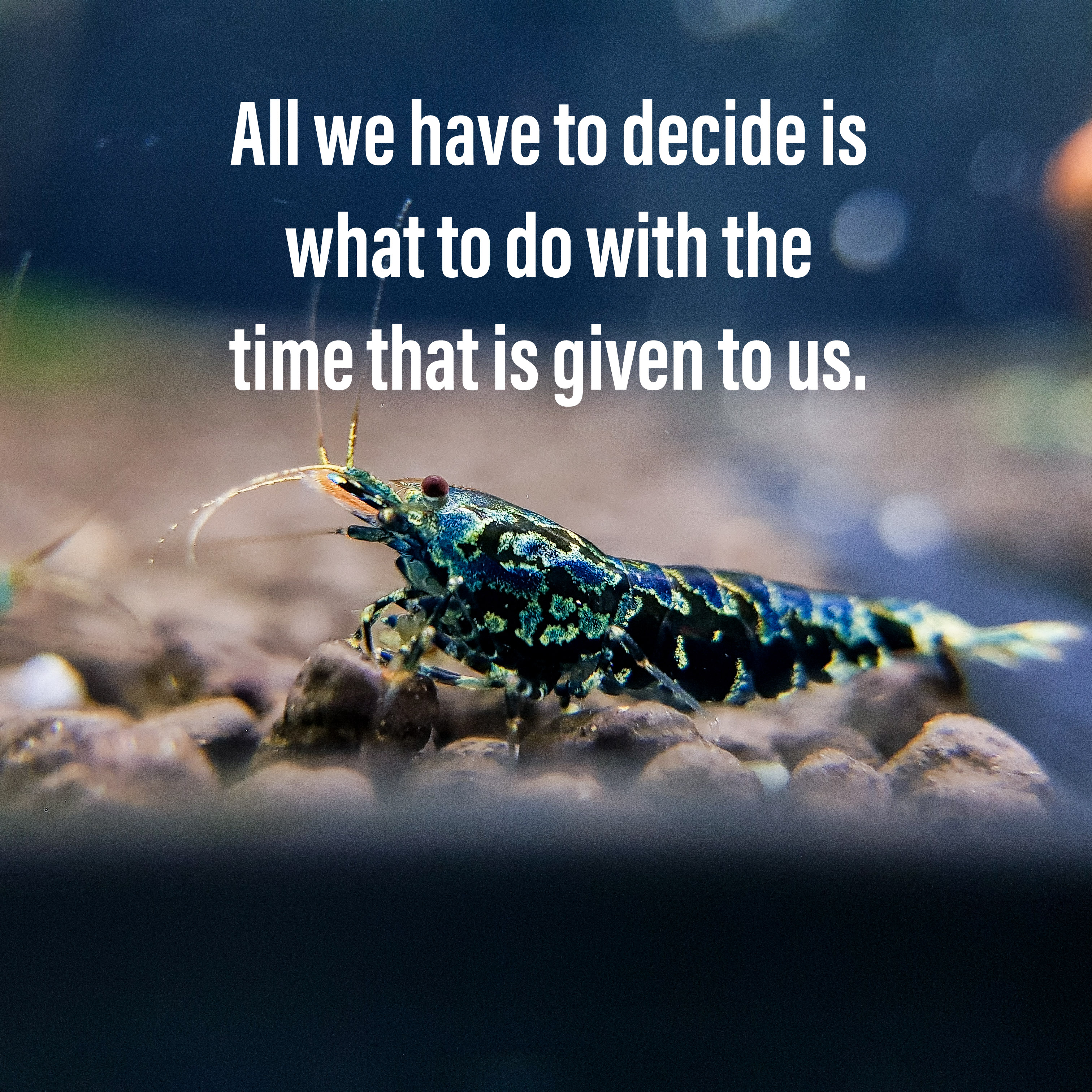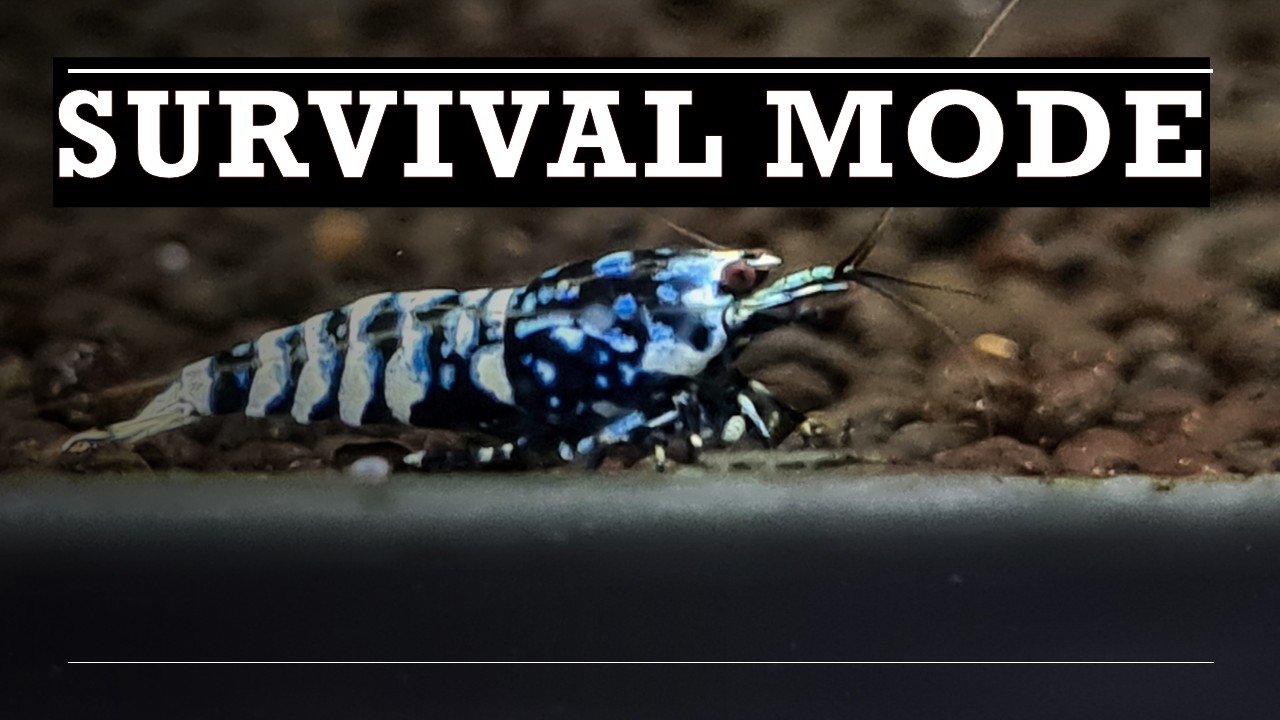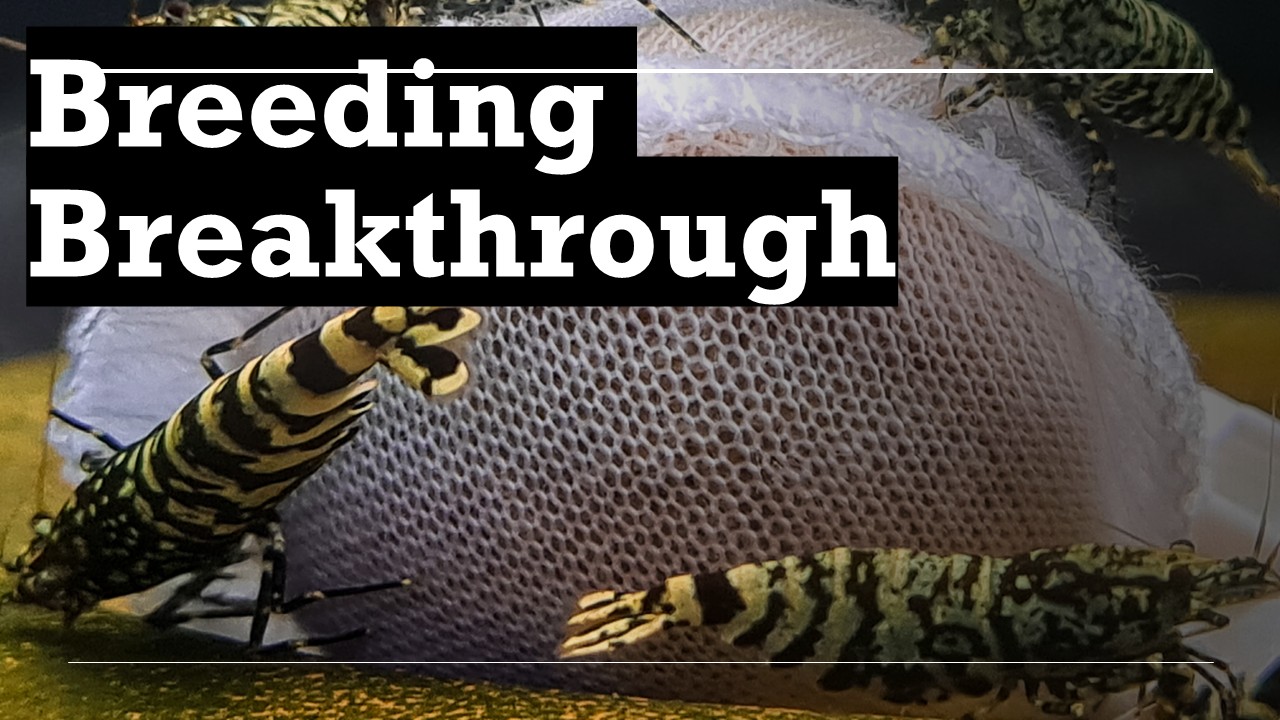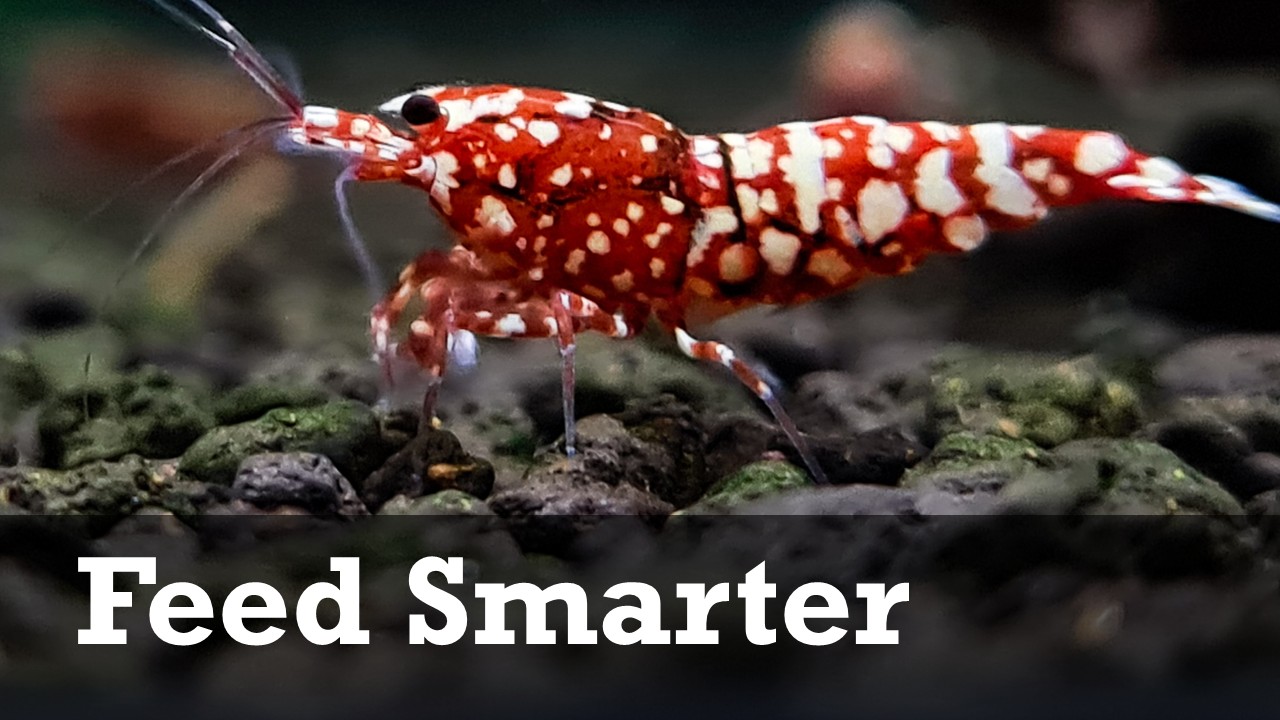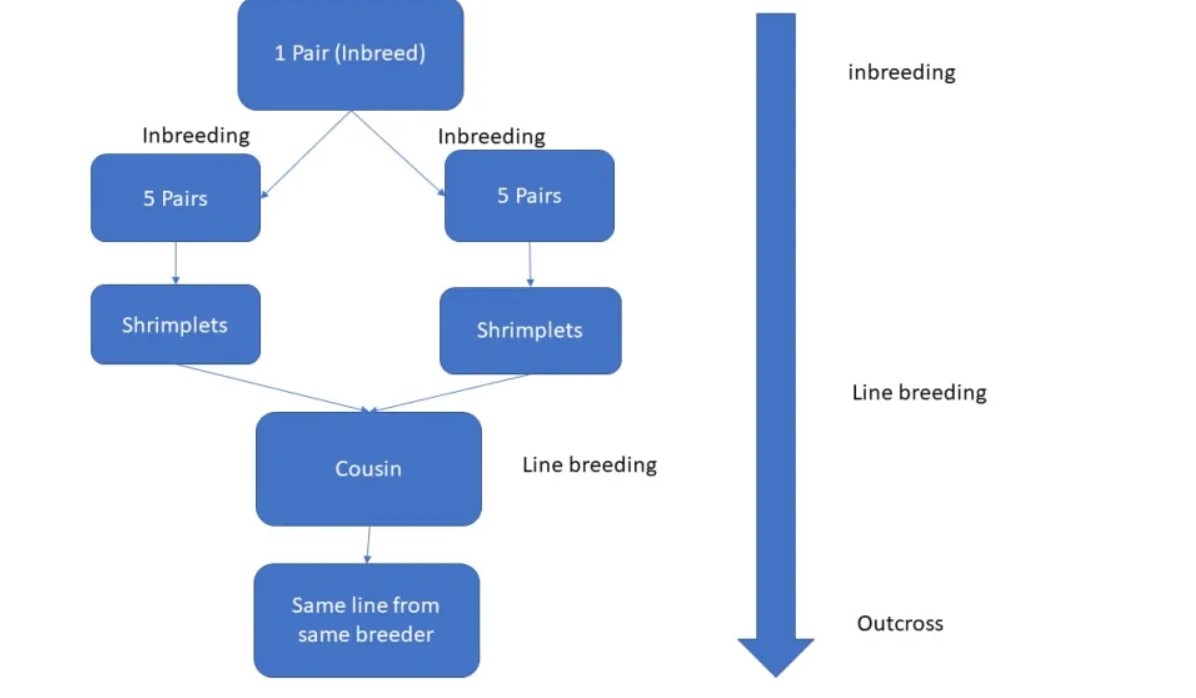
Intro
Understanding inbreeding and line breeding is essential for shrimp breeders aiming to enhance specific traits like coloration or size. This guide explores the strategies, benefits, and challenges of inbreeding, line breeding, and selective breeding to help you achieve consistent, high-quality results in shrimp breeding.
Inbreeding and Line Breeding: A Complete Guide
In shrimp breeding, inbreeding involves mating closely related individuals (e.g., father-daughter, brother-sister), while outcrossing introduces unrelated shrimp into the gene pool. Line breeding lies between these two, functioning as a planned or strategized form of inbreeding. Each approach serves different purposes:
- Inbreeding: Enhances or maintains specific traits, such as size or color, but risks deformities when overused.
- Line Breeding: Maintains desirable traits while reducing risks associated with excessive inbreeding.
- Outcrossing: Introduces genetic diversity to strengthen the shrimp population and improve traits over time.
Why Use Inbreeding?
Inbreeding focuses on reinforcing a specific trait or bloodline. For instance, enhancing the redness of Pure Red Line (PRL) shrimp often involves selective inbreeding. However, this method must be approached cautiously to prevent issues like deformities or genetic weaknesses.
Starting Your Breeding Program
1. Initial Setup
When you first acquire shrimp from a breeder, they are likely closely related. Begin with mass breeding, allowing siblings or cousins to mate freely. This ensures a large initial population of shrimplets.
2. Selective Breeding
After establishing a sizable population, identify and isolate 2–4 males and 8–10 females displaying desirable traits. These selected individuals will form the foundation for further inbreeding or line breeding. However as we focus on truly desirable traits, we will be using 1 male and 1 female to breed and see the genetic outcome of the cross or inbreed.

Long-Term Strategy
1. Splitting Lines
To minimize genetic issues, divide your shrimp into two groups (e.g., cousins or half-siblings). Breeding these groups separately reduces the risks associated with inbreeding while preserving desirable traits.
2. Outcrossing
After several generations, introduce unrelated shrimp or distant relatives from the same line. This adds genetic diversity, strengthening the population and maintaining health.
3. Tank Management
Set up at least three tanks to streamline selective breeding:
- Main Breeding Tank: Houses 2 males and 8 females to produce shrimplets.
- Shrimplet Tank: Houses all offspring until they are mature enough for selection.
- Improvement Tank: Focused inbreeding occurs here to refine traits further.
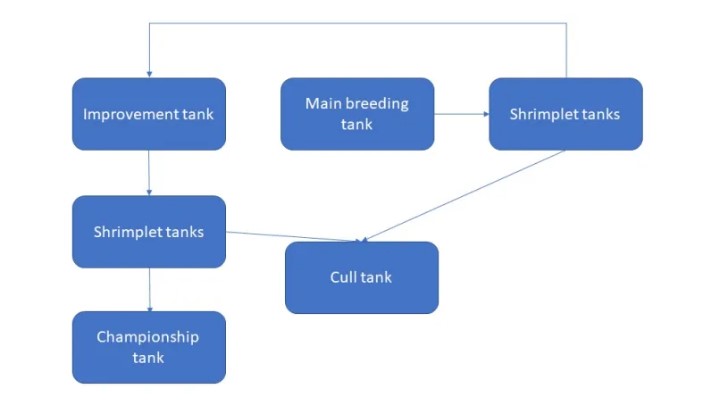
Selective Breeding: The Ultimate Goal
Selective breeding requires patience and consistency. Over years, you can develop shrimp of championship quality with specific desirable traits. Expanding into more tanks can help diversify the gene pool while maintaining high standards.
Conclusion
Successful shrimp breeding relies on a balance of inbreeding, line breeding, and selective breeding. Start small, refine traits gradually, and maintain genetic diversity through careful planning. By dedicating time and effort, you can achieve a thriving, high-quality shrimp population.
For further questions, feel free to reach out on Facebook Messenger.
